RBT (Registered Behavior Tech) CV examples for this year
RBT recruiters are looking for dependable, knowledgeable professionals with a lot of compassion and patience. Here’s how you showcase such skills in a CV.
RBT recruiters are looking for dependable, knowledgeable professionals with a lot of compassion and patience. Here’s how you showcase such skills in a CV.
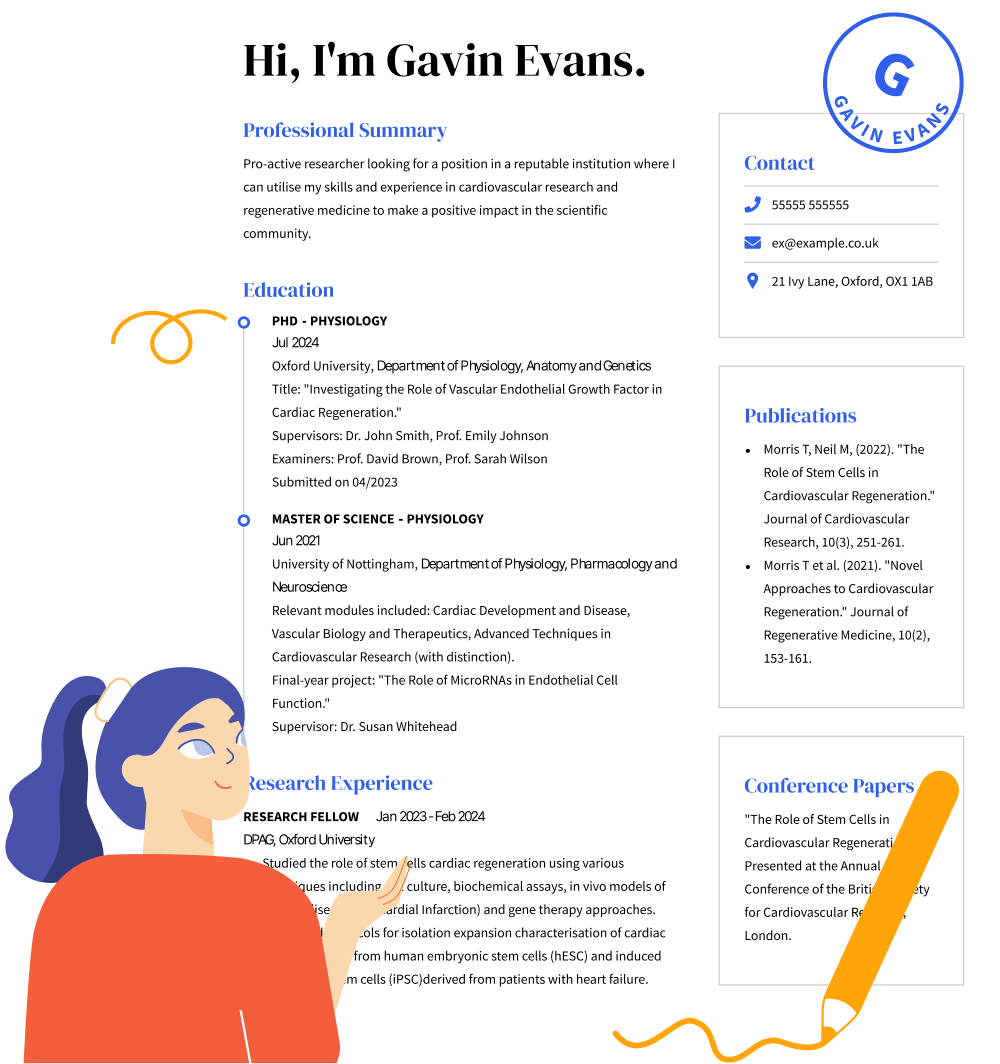
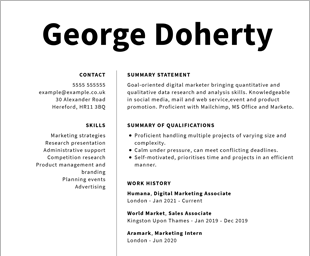
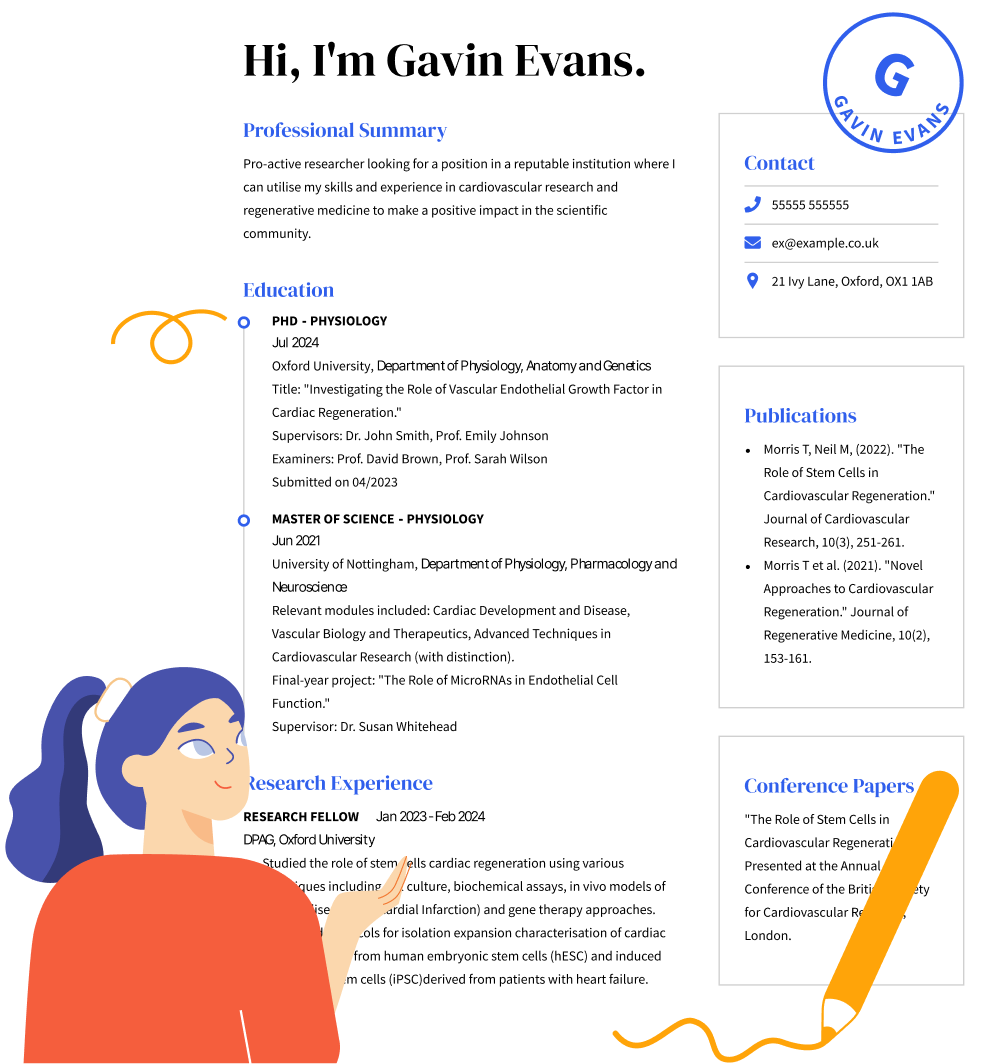
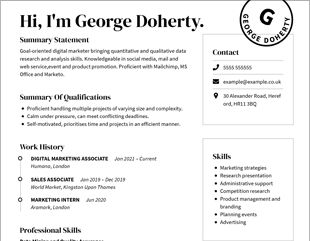
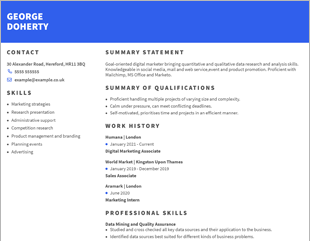
OUR USERS HAVE BEEN HIRED BY
A registered behavior technician (RBT) is a certified professional who treats patients with problematic behaviors. They help the patients go through applied behavior analysis (AB) therapy programmes under the supervision of board-certified behavior analysts (BCBA). These treatment plans focus on helping the patient learn daily living skills, such as emotional regulation and personal safety. They also need to be capable of handling and organizing behavioral data to keep track of the patient’s progress. RBTs mostly work with children with autism.
The skills section of your CV is where you list the hard skills and soft skills you can bring to the table. Because you need to work with special needs individuals, you need to list soft skills that highlight your ability to be thoughtful and flexible. Alongside providing patients with behavior support, RBTs also need to manage data, so hard skills such as experience with software programmes help a lot.
Work experience
Do:
Don’t:
Yes, you should include a cover letter with your CV unless the job description says otherwise. The cover letter lets you to go into more detail about who you are. You can get a little personal in a cover letter and detail your experience with autism spectrum disorder and your interest in the field.
n RBT is a position that can be pursued upon finishing high school. Your certification as a trained RBT is more important than your work experience or degrees. That said, if you feel like your CV is lacking due to a lack of experience, focus on your skills, such as data interpretation and adaptability, as well as internships, volunteer work or other activities with similar skills.
If you’re sending your CV to different jobs, the easiest way to customize it is to look at the job description. The job description will give you a lot of information on the keywords you need to use to tailor the CV to the specific employer.
We personalize your experience.
We use cookies in our website to ensure we give you the best experience, get to know our users and deliver better marketing. For this purpose, we may share the information collected with third parties. By clicking “Allow cookies” you give us your consent to use all cookies. If you prefer to manage your cookies click on the “Manage cookies” link below.